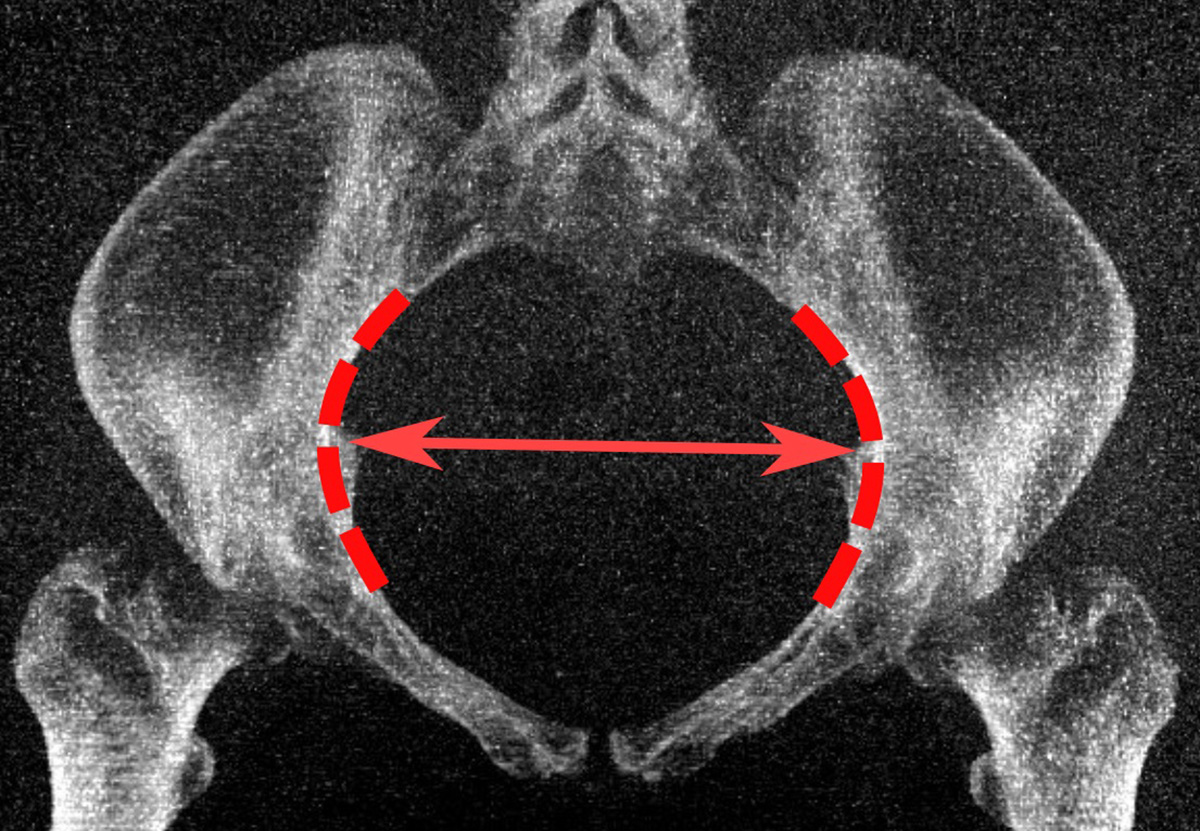
Pelvic inflammatory disease
Pelvic inflammatory disease is the name for the infection of the upper reproductive organs in the women, which is usually transmitted through the sexual relation with the partner who is infected. Pelvic inflammatory disease is marked with pain in the lower abdomen, irregular vaginal bleeding and a vaginal discharge. Doctors usually diagnose this disease after full consideration of symptoms, analysis of the cervix and vaginal secretions. Sometimes, they diagnose it with the help of ultrasonography. After diagnosing, the doctor usually prescribes certain antibiotics for the treatment. The risk of developing this disease may be reduced by using condoms.
Pelvic inflammatory disease may be endometritis, which is the infection of the lining of the uterus, or salpingitis, which is the infection of the fallopian tubes. Furthermore, pelvic inflammatory disease may also be the both infection simultaneously. In the cases when the infection is severe, there is a risk of spreading to the ovaries. Infection of the ovaries is medically called oophoritis. Another complication of severe infection is the production of pus in the fallopian tubes, which is called tubo-ovarian abscess.
In the United States, in the majority of cases, infertility is causes by pelvic inflammatory disease. Every fifth women with pelvic inflammatory disease becomes infertile. This disease usually occurs in women who are sexually active. Rarely, pregnant women or women after menopause obtain this condition.
Causes of pelvic inflammatory disease
In the majority of cases, pelvic inflammatory disease is caused by vaginal bacteria. These bacteria are transmitted during the sexual intercourse with an infected partner. The bacteria that cause pelvic inflammatory disease are the same bacteria that cause gonorrhea and chlamydia infection. These two condition spread the bacteria from the vagina to the cervix. In the cervix they cause cervicitis, which is the medical term for the infection of cervix.
Furthermore, pelvic inflammatory disease is induced by the bacteria that are responsible for the occurrence of bacterial vaginosis. These bacteria are not sexually transmitted, but they spread from the vagina only if they multiply themselves a lot. Other causes for the development of pelvic inflammatory disease are a vaginal delivery, dilation, curettage or gynecologic surgery. During these conditions the bacteria may enter the vagina and spread to the uterus.
Symptoms of pelvic inflammatory disease
The symptoms of pelvic inflammatory disease typically occur after the menstruation or at the end of the menstrual period. The most common symptoms are lower abdominal pain, irregular vaginal bleeding, and a vaginal discharge, usually with false smell. Other symptoms include mild fever, nausea, vomiting and painful sexual intercourse.

















Your thoughts on this
Loading...